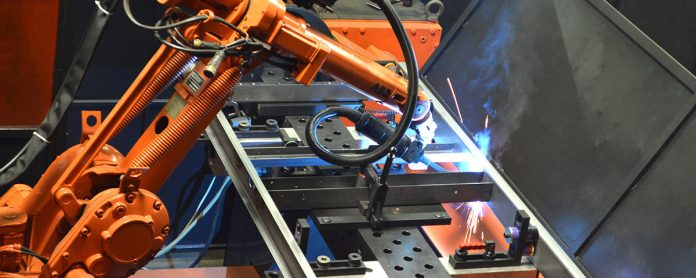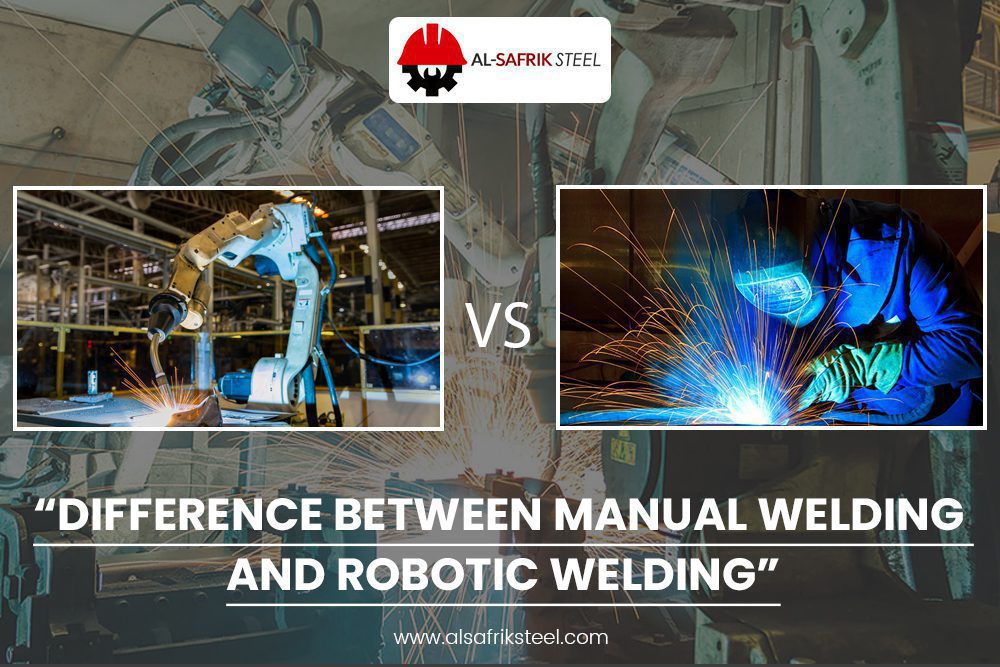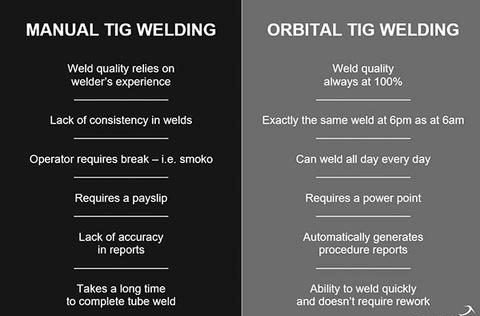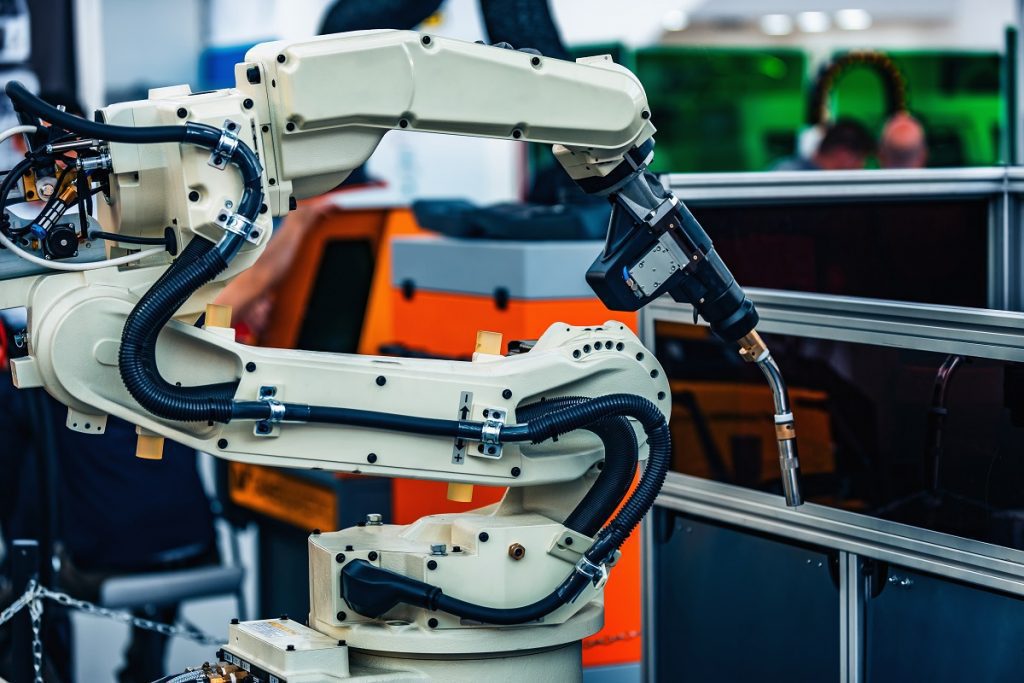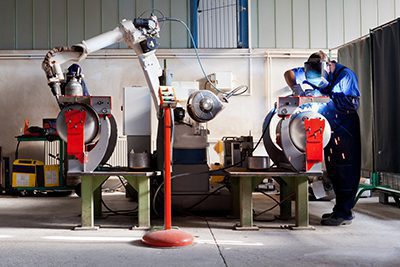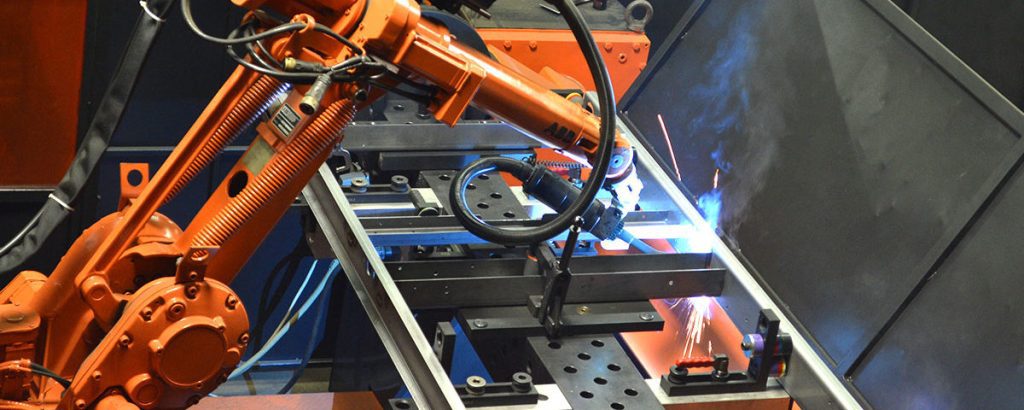In the world of welding, two main players take the stage: manual welding and robotic welding tools. While both methods serve the purpose of joining metals together, they each offer unique approaches and advantages. Manual welding, relying on the skilled hands of a trained welder, allows for a personalized touch and precise control. On the other hand, robotic welding tools employ advanced technology, boosting efficiency and consistency. Join us as we explore the distinctive features of these welding techniques and uncover the benefits of each.
This image is property of alsafriksteel.com.
Cost
When considering the cost of manual welding versus robotic welding, there are several factors to take into account.
Initial Investment
Manual welding typically requires a lower initial investment compared to robotic welding. Manual welding tools, such as welding machines and equipment, can be relatively affordable and easily accessible. On the other hand, robotic welding systems involve a substantial upfront investment. Robotic welding cells consist of not only the robot itself but also peripheral equipment such as controllers, safety systems, and fixtures, which can significantly increase the cost.
Operating Costs
Robotic welding usually has lower operating costs in the long run. While manual welding relies on skilled labor that incurs ongoing wages and benefits, robotic welding can operate continuously without the need for human intervention, effectively reducing labor costs. Additionally, robotic welding can optimize the use of materials, resulting in less waste, which can contribute to cost savings over time.
Skill Level Required
The skill level required for manual welding compared to robotic welding differs significantly.
Training
Manual welding necessitates extensive training to achieve proficiency. Welders must undergo specialized training to understand various welding techniques, safety precautions, and equipment operation. This training can be time-consuming and requires ongoing professional development to keep up with industry advancements. In contrast, operating a robotic welding system typically requires less training. Although operators still need to understand the basics of welding and how to program the robot, the technical expertise required is generally more limited.
Experience
Manual welding relies heavily on the experience and expertise of the welder. Experienced welders possess the ability to make critical judgments and adjustments to achieve optimal welding results. Conversely, robotic welding systems depend more on pre-programmed instructions and precise parameters to perform welding tasks. Therefore, while experience plays a crucial role in manual welding, robotic welding primarily relies on the accuracy of programming and setup.
Production Speed
The production speed differs significantly between manual welding and robotic welding tools.
Cycle Time
Manual welding generally has longer cycle times compared to robotic welding. Welders working manually need to complete each weld individually, taking into account factors such as positioning, alignment, and manual dexterity. This manual process can be time-consuming, leading to a slower overall production rate. In contrast, robotic welding can perform consistent, repetitive welds at a much faster rate, resulting in increased efficiency and shorter cycle times.
Throughput
Robotic welding has the potential for higher throughput compared to manual welding. Robots can work continuously, without the need for breaks or rest, allowing for consistent production. Additionally, robotic systems can perform multiple welds simultaneously or on multiple workpieces, further increasing throughput. In contrast, manual welding is limited by the physical capabilities and endurance of the welder, which can impact overall productivity.
Precision and Accuracy
Precision and accuracy are essential considerations when comparing manual welding and robotic welding.
Consistency
Robotic welding excels in providing consistent and repeatable results. Once the welding parameters are programmed, the robot will consistently apply the same technique and force, resulting in consistent weld quality. Manual welding, on the other hand, can be influenced by various factors such as welder fatigue, variation in technique, or human error, which can lead to inconsistencies in weld quality.
Reproducibility
Robotic welding offers superior reproducibility compared to manual welding. Welding robots can accurately repeat welding patterns and achieve precise weld placement, ensuring consistent quality from one weld to the next. Manual welding may experience challenges in achieving the same level of precision consistently, as it depends on the welder’s ability to reproduce the desired weld characteristics accurately.
This image is property of www.zzkehui.com.
Flexibility
The degree of flexibility differs when comparing manual welding and robotic welding tools.
Adaptability
Manual welding offers more adaptability in certain situations. Welders can quickly adjust and adapt their technique and approach to accommodate varying weld joint configurations or difficult-to-reach areas. When faced with complex or non-standard welds, manual welding provides the versatility to manipulate the weld and adapt in real-time. Robotic welding, while generally effective for standard welds, may face limitations when confronted with unconventional joint configurations or unique welding requirements.
Versatility
Robotic welding systems excel in performing repetitive, standardized welding tasks. Once programmed, robots can efficiently and accurately execute welds on similar workpieces repeatedly. This consistency makes robotic welding highly versatile for high-volume production environments where uniformity and efficiency are crucial. Manual welding may offer more versatility in terms of adapting to diverse weld types and specifications, making it a preferred choice for specialized or custom welding projects.
Safety
Safety considerations play a significant role when comparing manual welding and robotic welding.
Risk of Injury
Manual welding presents a higher risk of injury compared to robotic welding. Manual welders are exposed to various hazards such as heat, sparks, fumes, and potential burns or eye injuries. Additionally, prolonged manual welding work can lead to repetitive strain injuries. In contrast, robotic welding, when implemented with proper safety measures, minimizes human exposure to hazardous conditions, ensuring a safer working environment.
Exposure to Hazards
Robotic welding reduces human exposure to hazardous welding environments. Welding fumes and noxious gases produced during the welding process can pose health risks. Robotic welding systems often include ventilation or exhaust systems that effectively remove fumes from the work area, mitigating the risk of respiratory problems associated with extended exposure. Manual welding may require additional precautions to ensure proper ventilation and personal protective equipment to protect against these hazards.
This image is property of metalexponents.com.
Quality Control
Quality control is a critical factor in both manual welding and robotic welding processes.
Inspection
Manual welding often relies on manual inspection to ensure weld quality. Skilled welders visually inspect each weld, looking for imperfections such as cracks, porosity, or inconsistent penetration. This reliance on visual inspection can introduce subjectivity and human error, potentially leading to overlooked defects. Robotic welding systems can incorporate automated inspection technologies, such as cameras or sensors, to perform non-destructive testing and verify weld quality consistently.
Defect Detection
Robotic welding generally provides more consistent defect detection capabilities compared to manual welding. By integrating advanced sensing technologies, such as laser vision systems or automated ultrasonic testing, robotic systems can accurately detect and measure weld defects or variations in real-time. Manual welding, while effective in detecting visible defects, may rely more on the welder’s expertise and visual inspection, which could potentially overlook certain defects or variations.
Ease of Use
The ease of use distinguishes manual welding from robotic welding tools.
Complexity
Manual welding requires specialized skills and knowledge, making it a relatively complex process. Welders need to understand various welding techniques, material properties, and equipment operation. Manual welding also demands the ability to make real-time adjustments and judgments during the welding process. In contrast, robotic welding, once programmed, can operate autonomously, eliminating the need for complex manual adjustments. However, programming and setting up robotic welding cells require technical expertise, and any changes or troubleshooting may involve more complexity.
User Interface
Manual welding relies on the welder’s direct interaction with welding equipment and tools. Welders must possess a good understanding of the machine interface and settings to achieve desired welding results. Robotic welding employs user-friendly interfaces and programming software that allow operators to input and adjust welding parameters easily. Once programmed, the robot takes over, providing a simplified user experience that does not require extensive machine interaction during the welding process.
This image is property of www.genesis-systems.com.
Maintenance and Repair
Maintenance and repair requirements differ between manual welding and robotic welding.
Downtime
Manual welding typically incurs less downtime compared to robotic welding systems. Welders can quickly address minor equipment issues or perform routine maintenance without significant disruption to the welding process. In contrast, robotic welding systems may experience more downtime due to the complexity of the machinery and the need for specialized maintenance. Unplanned downtime in robotic welding cells can impact production schedules and require technical assistance for repairs.
Costs
Manual welding equipment generally incurs lower maintenance and repair costs. Routine maintenance tasks, such as replacing consumables or performing minor repairs, can often be handled by the welder without significant expense. Robotic welding systems require regular maintenance, including preventive maintenance, calibration, and periodic component replacement or upgrades, which may involve additional costs. However, the increased productivity and efficiency associated with robotic welding can offset these maintenance costs.
Application
The suitability and specialization of manual welding and robotic welding tools vary depending on the application.
Suitability
Manual welding can be suitable for a wide range of applications, including small-scale and one-off projects. Its adaptability allows welders to work with diverse materials, joint configurations, and challenging welding conditions. Robotic welding, on the other hand, is well-suited for high-volume production environments. Its ability to consistently perform repetitive tasks and maintain high-quality welds makes it ideal for industries such as automotive, aerospace, and metal fabrication.
Specialization
Manual welding allows for a high degree of specialization. Skilled welders can develop expertise in specific welding techniques or specialize in welding certain materials, allowing for tailored solutions in industries that require unique welding demands. Robotic welding specializes in repetitive, standardized welding tasks. The ability to program precise welding paths and parameters makes robotic welding ideal for achieving consistent results and meeting strict quality requirements in high-volume production settings.
In summary, the differences between manual welding and robotic welding are significant and encompass various aspects such as cost, skill level required, production speed, precision and accuracy, flexibility, safety, quality control, ease of use, maintenance and repair, as well as application suitability and specialization. Both manual welding and robotic welding have their distinct advantages and considerations, and the choice between the two depends on specific requirements, project scale, and industry needs.
This image is property of www.macmetal.com.


